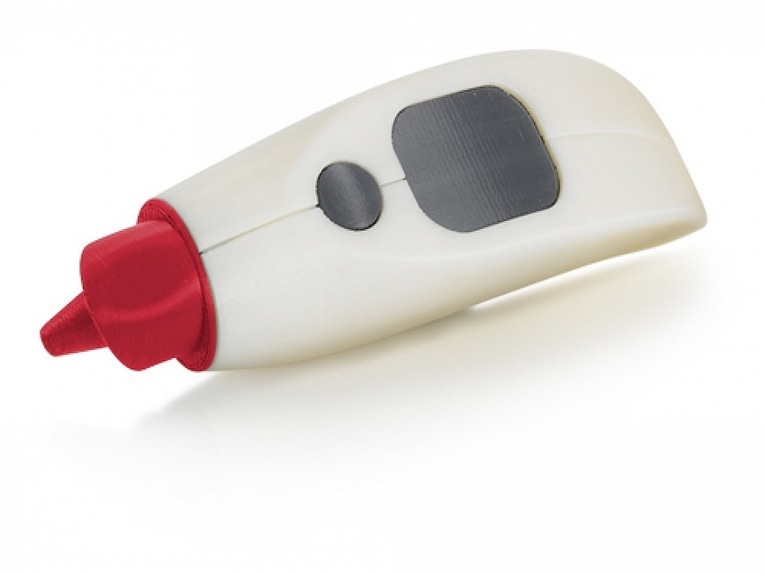
#Industry News
Op-Ed: Cleaning 3D Printing to Make It Affordable
A combination of radiology, computer-aided design (CAD), and additive manufacturing technologies have made it possible to create patient-specific models, implants, or tools to aid in surgeries worldwide.
Spinal implants, cutting guides, and replicas of patients’ hearts are just a few of the ways in which digital manufacturing processes have improved the medical industry.
As the techniques for implementing additive manufacturing technology for medicine are refined, there looms a crucial problem, which is a problem of access. While the FDA is slowly approving some uses of additive manufacturing, most of them are still in a holding pattern, and as such are not eligible for insurance reimbursement.
This problem is compounded by the tremendous cost of industrial additive manufacturing technologies so far the only kind of technologies that can print in autoclavable materials. These machines generally have tremendous footprints, and expensive proprietary material. The significantly more affordable hobbyist machines, while alleviating the issues of cost and size, are not able to print in autoclavable materials.




